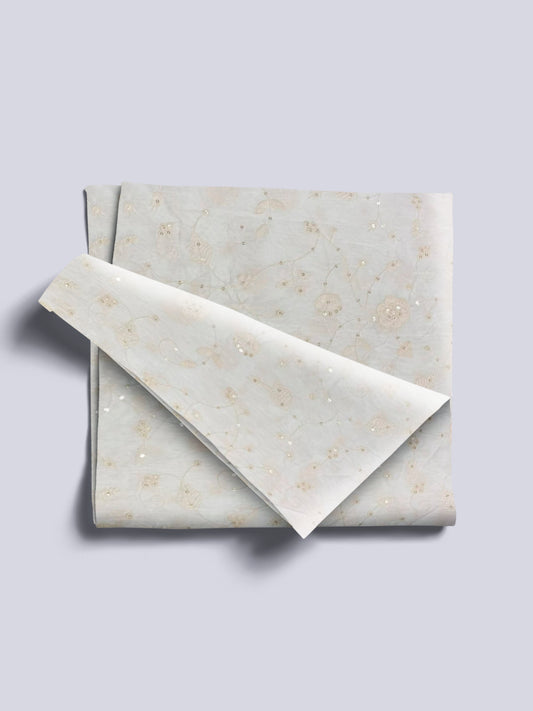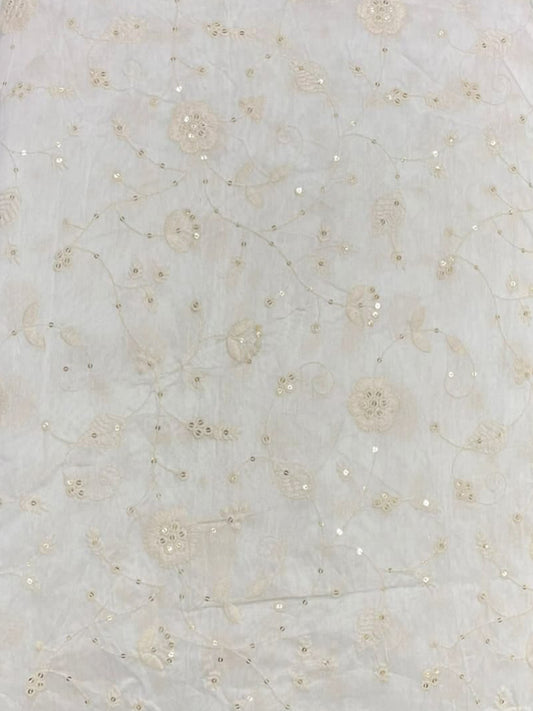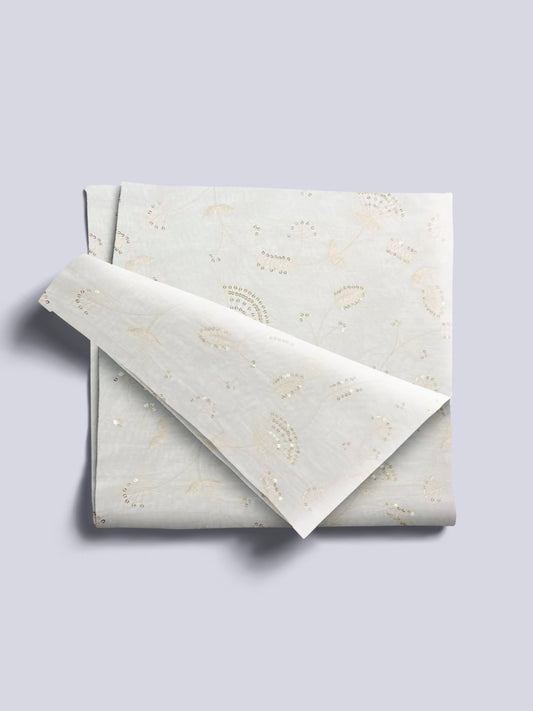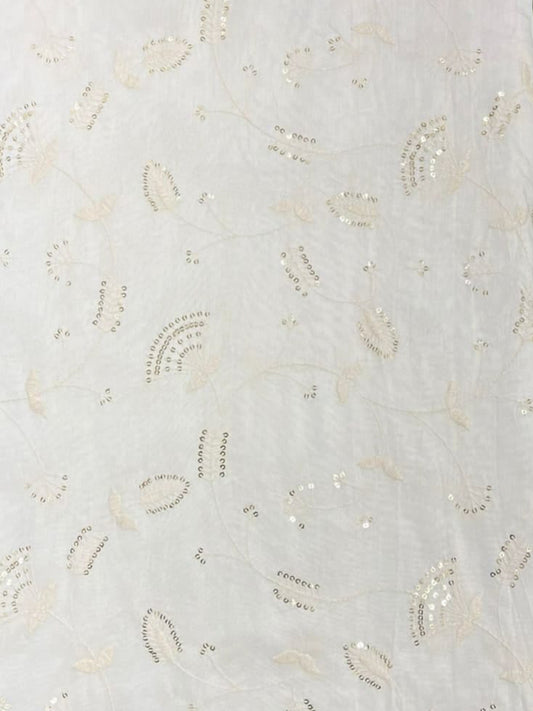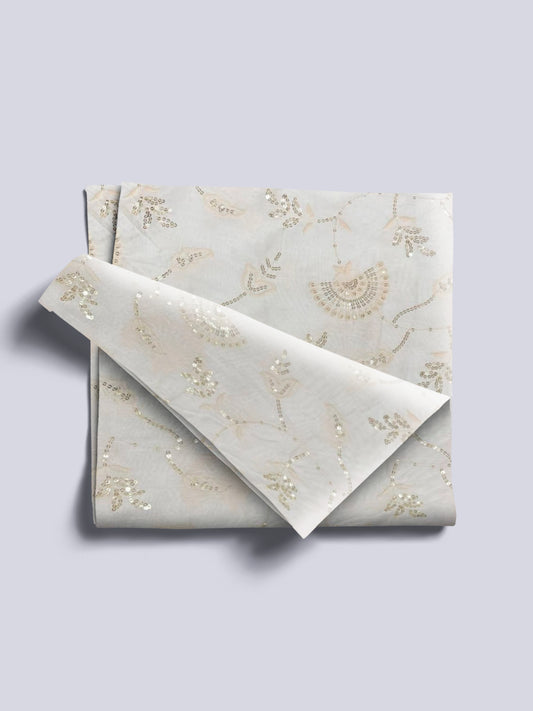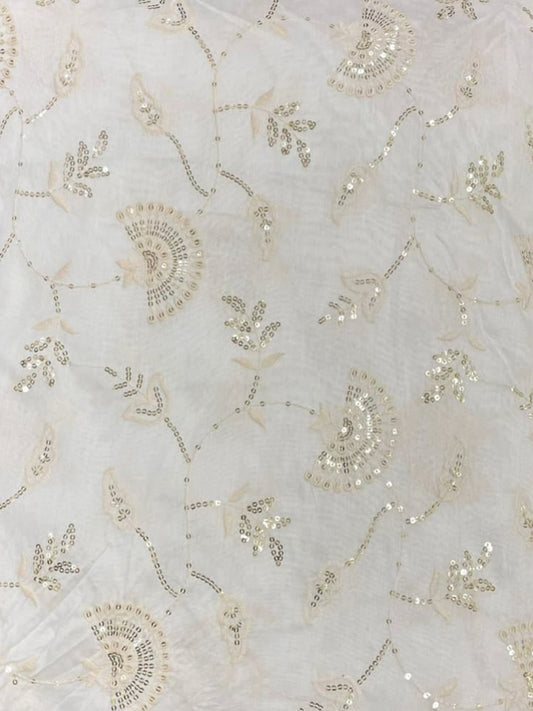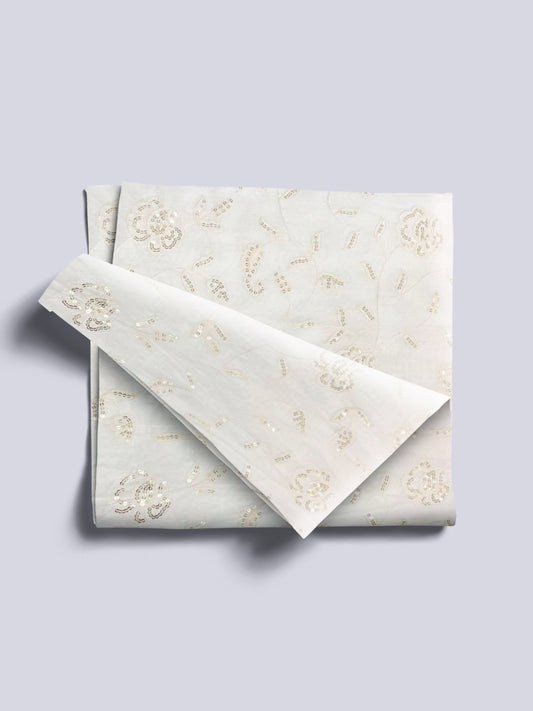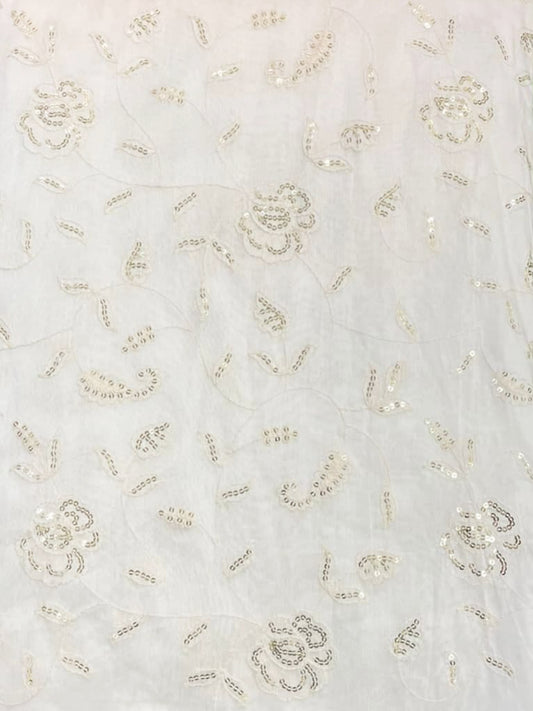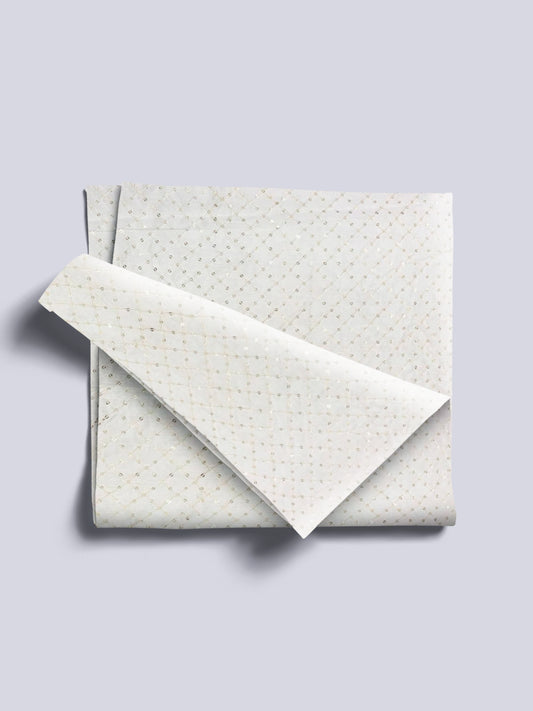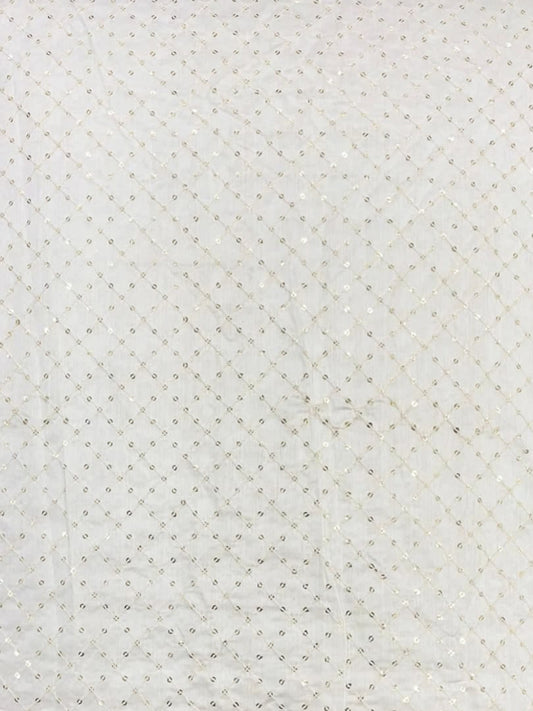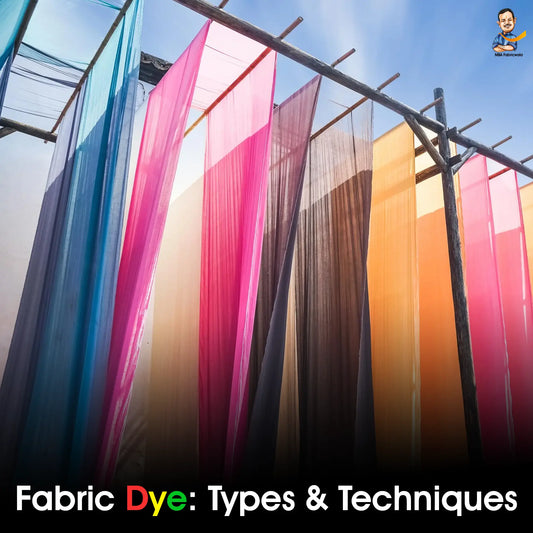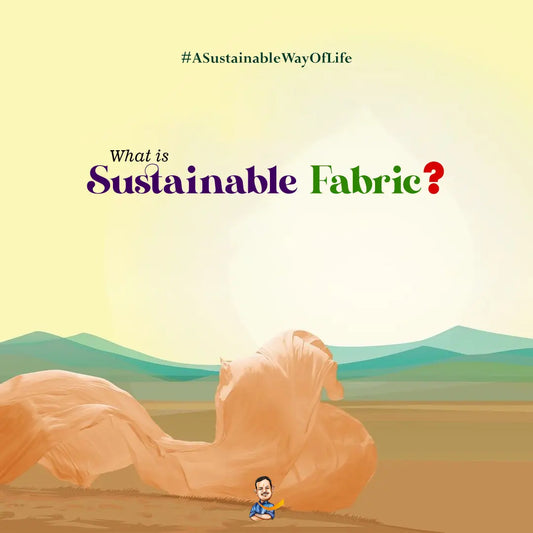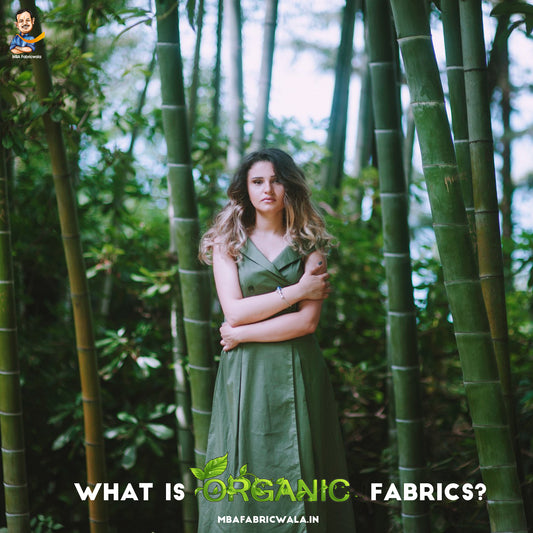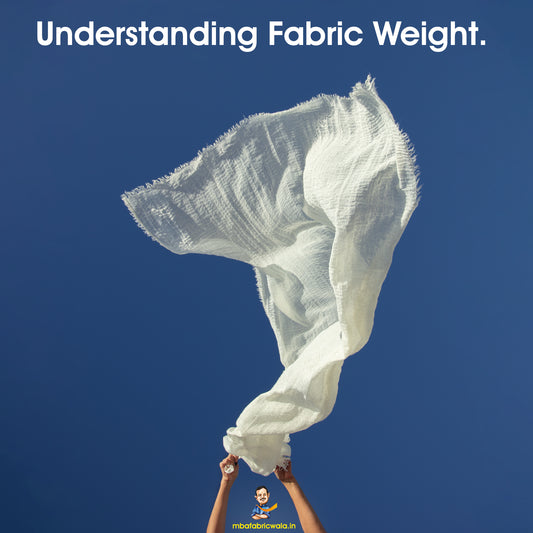Introduction
The fashion industry heavily relies on fabric choices as they significantly impact the quality and appeal of garments. Since its inception in the 1940s, nylon-based fabric has played a transformative role in fashion, offering numerous benefits that have shaped the industry.
Nylon's groundbreaking impact on fashion
Nylon's introduction marked a pivotal moment in fashion history, revolutionizing the production of:
- Hosiery
- Lingerie
- Other clothing items
The versatility of nylon
The lightweight yet durable nature of nylon quickly made it a favourite among designers. It opened up new avenues for creativity and innovation due to its ability to be:
- Dyed in vibrant colours
- Woven into various textures
- Blended with other fibres for added performance features
Nylon's presence across fashion segments
Over the years, nylon has evolved to become a staple material in various fashion segments, including:
- Activewear
- Outerwear
- Accessories
- Intimate apparel
By exploring the surprising advantages of nylon-based fabric, we can better understand its enduring influence on the fashion landscape and its potential to drive sustainable practices within the industry.
1. Durability and Longevity
Nylon-based fabric has become a popular choice in the fashion industry because of its durability and long-lasting nature. It offers several advantages over other materials, such as:
Outlasting other materials
Nylon is known for its exceptional strength and durability, making garments made from nylon-based fabric less prone to damage or fraying. This results in a longer lifespan than clothing made from natural fibres like cotton or silk.
Resistance to wear and tear
Nylon fibres can withstand repeated friction without losing their shape or integrity, thanks to their high resistance to abrasion. This is particularly beneficial for garments that undergo frequent use or require regular washing, such as activewear or socks.
Ensuring garment longevity
The durability of nylon-based fabric allows clothing items to maintain their quality and appearance over time. Nylon garments retain their shape, colour, and overall structure even after multiple washes, helping them look newer for longer.
To illustrate the benefits of nylon-based fabric's durability and longevity, consider the following examples:
- Athletic apparel: Many sportswear brands utilize nylon-based fabrics due to their ability to withstand intense physical activity and repeated washings. Nylon's resistance to abrasion ensures that these garments can endure rigorous workouts without losing their form or functionality.
- Luggage and bags: Nylon is often used in the production of bags, backpacks, and luggage due to its strength and durability. These items are subjected to rough handling during travel or daily use, making nylon an ideal choice for ensuring longevity.
- Outdoor gear: Nylon-based fabrics are commonly found in outdoor gear such as tents, rain jackets, and hiking pants. These items need to withstand harsh weather conditions, including wind, rain, and UV exposure. Nylon's resistance to environmental factors helps protect against premature wear and tear.
In summary, nylon-based fabric offers significant advantages in terms of durability and longevity. Its ability to outlast other materials, resistance to wear and tear, and capacity to ensure garment longevity make it a preferred choice for various fashion applications.
2. Versatile Applications in Fashion
Nylon-based fabric is known for its versatility and has found its place in various applications within the fashion industry. Designers have embraced nylon due to its unique properties, allowing them to create a wide range of garments that cater to different needs and styles. Let's explore the diverse ways nylon is used in fashion:
1. Lingerie
Nylon has become a popular choice for lingerie due to its lightweight and breathable nature. It provides a comfortable fit and allows for easy movement, making it ideal for intimate apparel such as bras, panties, and slips.
2. Hosiery
Nylon stockings have been a staple in women's fashion for decades. The smooth texture of nylon enhances the appearance of legs, giving them a polished and elegant look. Nylon hosiery is available in various deniers, offering different levels of opacity and sheerness.
3. Athleticwear
Nylon's moisture-wicking properties make it a top choice for activewear. Whether it's leggings, sports bras, or shorts, nylon-based fabrics help keep the body dry during workouts by drawing sweat away from the skin. The stretchiness of nylon also allows for unrestricted movement, making it ideal for high-intensity activities.
4. Outerwear
Nylon has revolutionized the outerwear industry with its durability and weather-resistant qualities. Lightweight nylon jackets and coats protect against wind and water while remaining breathable and comfortable. Additionally, nylon can be treated with coatings or laminates to enhance its performance in extreme weather conditions.
5. Swimwear
Nylon's ability to dry quickly makes it an excellent choice for swimwear. Its resistance to chlorine and UV rays ensures that swimwear made from nylon retains its shape and color even after prolonged exposure to sun and pool chemicals.
6. Accessories
Nylon-based fabrics are also used in accessories such as handbags, backpacks, and belts. The strength and durability of nylon make it an ideal material for these items, ensuring they can withstand daily wear and tear.
The versatility of nylon-based fabric in the fashion industry is evident through its wide range of applications. Whether it's providing comfort in lingerie, enhancing performance in activewear, or protecting against the elements in outerwear, nylon continues to push boundaries and inspire innovative designs.
By exploring the diverse uses of nylon in fashion, we can appreciate the impact this synthetic fiber has had on the industry. Its unique properties have allowed designers to create garments that combine style, functionality, and durability. From intimate apparel to outerwear and accessories, nylon-based fabric continues to play a crucial role in shaping the fashion landscape.
Practical Benefits for Everyday Wear
The practical benefits of nylon-based fabric extend beyond the realm of high fashion, making it an ideal choice for everyday wear. The unique properties of nylon make it a popular choice for comfortable and functional clothing items, particularly in the realms of socks and activewear.
1. Activewear
- Nylon's moisture-wicking properties make it an excellent choice for activewear, as it effectively draws sweat away from the skin, keeping the wearer dry and comfortable during physical activities.
- Additionally, its lightweight nature and durability ensure that activewear made from nylon can withstand rigorous movement without compromising on comfort.
2. Socks
- In the case of socks, nylon's strength and elasticity contribute to their longevity and resilience.
- Nylon socks are known for their ability to retain their shape and stretch without sagging, providing a snug and comfortable fit that lasts throughout the day.
- The quick-drying nature of nylon also makes it an optimal choice for socks, as it helps prevent moisture build-up and potential discomfort.
3. Other Everyday Clothing Items
The practical benefits of nylon-based fabric extend to other everyday clothing items as well. Nylon's ability to blend seamlessly with other fibres allows for the creation of garments that offer a perfect balance of comfort, functionality, and style. Whether it's incorporating nylon into everyday essentials like t-shirts or undergarments, its versatility ensures that wearers can experience the benefits of this durable fabric in various aspects of their wardrobe.
4. Innovative Nylon-Based Fabrics
Furthermore, advancements in textile technology have led to the development of innovative nylon-based fabrics that cater to specific needs such as odour resistance, UV protection, and enhanced breathability. These advancements further enhance the practical advantages of nylon-based fabric for everyday wear, offering consumers a wide range of functional and comfortable clothing options.
In conclusion, the practical benefits of nylon-based fabric make it a valuable choice for everyday wear, offering durability, comfort, and functionality across a diverse array of clothing items. As designers continue to explore new possibilities with this versatile material, consumers can look forward to experiencing the ongoing evolution of nylon-based fashion in their everyday lives.
4. Environmental Considerations: The Dark Side of Nylon
Nylon-based fabric has undoubtedly revolutionized the fashion industry with its durability and versatility. However, it is important to acknowledge the environmental impact associated with the production and use of nylon. In this section, we will examine the eco-friendliness of nylon production processes and explore the issue of microplastic pollution caused by synthetic fibres like nylon.
Examining the Eco-Friendliness of Nylon Production Processes
The production of nylon involves the use of non-renewable petroleum as a raw material. This reliance on fossil fuels contributes to carbon emissions and the depletion of finite resources. Furthermore, the manufacturing process for nylon is more energy-intensive compared to natural fibres like cotton or linen.
One particular concern is the release of nitrous oxide during nylon production. Nitrous oxide is a potent greenhouse gas, with approximately 300 times the global warming potential of carbon dioxide over 100 years. This gas significantly contributes to climate change and exacerbates the current environmental crisis.
The Issue of Microplastic Pollution Caused by Synthetic Fibers like Nylon
Another significant environmental concern associated with nylon-based fabric is microplastic pollution. Synthetic fibres, including nylon, shed tiny particles called microplastics when they are washed or worn. These microplastics find their way into waterways and eventually end up in our oceans, posing a threat to marine life.
Research has shown that synthetic fibres account for a significant portion of microplastics found in marine environments. These particles can be ingested by marine organisms, leading to bioaccumulation and potential harm to ecosystems.
To address these environmental challenges, both manufacturers and consumers must take proactive steps towards sustainability in the fashion industry:
- Brands can adopt more eco-friendly production processes:
- Explore alternative materials that have a lower environmental impact.
- Invest in renewable energy sources to reduce carbon emissions.
- Consumers can contribute by making conscious choices:
- Choose garments made from recycled nylon or other sustainable materials.
- Support brands that prioritize sustainable practices and transparency.
Promoting Sustainability in the Nylon Industry
In recent years, there has been a growing trend towards using recycled nylon materials in the fashion industry. Brands such as Prada, Brooks Running, H&M, and Norrona have made commitments to incorporate recycled nylon into their products. By repurposing discarded fishing nets and textile scraps, these brands are reducing the demand for virgin nylon and diverting waste from landfills.
Advancements in recycling technology also offer hope for reducing the environmental footprint of nylon. Emerging techniques aim to break down nylon fibres into their original monomers, which can then be used to create new nylon without the need for additional petroleum resources.
It is important to recognize that while nylon-based fabric offers numerous benefits, we must address its environmental impact. By promoting sustainability in the production and use of nylon, we can work towards a more responsible and eco-friendly fashion industry.
Promoting Sustainability in the Nylon Industry
Recycled nylon is gaining momentum as a sustainable alternative in the fashion industry. Brands are increasingly recognizing the importance of incorporating recycled nylon materials into their products to reduce environmental impact and promote sustainability. Here are some key points to consider:
Leading Brands
Several forward-thinking fashion brands are at the forefront of using recycled nylon in their products. For instance:
- Prada has committed to using 100% recycled nylon by 2023, showcasing a significant dedication to sustainable practices.
- Similarly, Brooks Running has prioritized the use of 100% recycled or sustainably sourced materials, including recycled nylon, demonstrating a proactive approach towards environmental responsibility.
Consumer Demand
The rising consumer demand for sustainable fashion has played a pivotal role in propelling sustainable practices within the nylon industry. As more consumers prioritize eco-friendly choices, brands are compelled to respond by integrating recycled nylon into their collections. This shift in consumer behaviour has created a positive ripple effect, encouraging brands to embrace sustainability as a core value.
By highlighting these leading brands and acknowledging the influence of consumer demand, the promotion of sustainability in the nylon industry is steadily gaining traction. The commitment of these brands to utilizing recycled nylon sets a promising precedent for the future of fashion, inspiring other industry players to adopt eco-conscious practices and contribute to a more sustainable world.
Through this intentional shift towards recycled nylon and the growing awareness among consumers, the fashion industry is moving closer towards creating a more environmentally responsible and ethically conscious landscape.
Advancements in Nylon Recycling Technology
Nylon recycling has seen significant advancements in recent years, offering promising solutions for reducing the environmental impact of nylon production and consumption. These technological innovations aim to address the challenges associated with traditional nylon manufacturing and disposal, paving the way for a more sustainable approach to the use of this versatile material.
Chemical Recycling Processes
Innovative chemical recycling techniques are being developed to break down used nylon into its basic molecular components. This approach allows for the regeneration of high-quality nylon without compromising its performance characteristics. Chemical recycling minimizes the need for virgin resources and reduces overall energy consumption by converting post-consumer nylon waste into raw materials for new production.
Mechanical Recycling Innovations
Advancements in mechanical recycling methods are enhancing the efficiency and quality of recycled nylon materials. State-of-the-art sorting and purification technologies enable the separation and extraction of nylon fibers from mixed waste streams, contributing to higher purity levels and improved material integrity. These developments support the circularity of nylon products by reintroducing recycled materials into new manufacturing processes.
Collaborative Research Initiatives
Industry leaders, research institutions, and governmental organizations are increasingly collaborating to drive innovation in nylon recycling technology. Through joint efforts, interdisciplinary teams are exploring novel approaches to deconstructing and repurposing nylon waste, leveraging cutting-edge scientific knowledge and engineering expertise. This collaborative momentum is accelerating the development of scalable and cost-effective recycling solutions.
Resource-Efficient Production Methods
The focus on resource efficiency extends beyond post-consumer recycling, with manufacturers actively pursuing sustainable production practices. By optimizing manufacturing processes and investing in renewable energy sources, companies can reduce the environmental footprint of virgin nylon production. These initiatives contribute to a more holistic approach to sustainability within the nylon industry.
These advancements in nylon recycling technology hold great promise for reshaping the future of nylon in fashion and various other sectors. As these innovative solutions continue to evolve, they offer a compelling pathway towards a more environmentally responsible utilization of this valuable synthetic material.
The Future of Nylon in Fashion: Towards a Circular Economy
As the fashion industry faces increasing pressure to adopt more sustainable practices, the future of nylon-based fabric lies in embracing a circular economy approach. This involves rethinking the entire lifecycle of nylon, from production to disposal, with a focus on reducing waste and minimizing the environmental impact.
Why a Circular Economy for Nylon Matters
A circular approach to nylon production means moving away from the linear "take-make-dispose" model and towards a system that prioritizes reuse and recycling. Here are some key reasons why this shift is crucial:
- Environmental Impact: Traditional nylon production relies heavily on fossil fuels and generates significant greenhouse gas emissions. By implementing a circular economy model, we can reduce the reliance on virgin materials and energy-intensive processes, leading to lower carbon emissions and less pollution.
- Waste Reduction: Nylon is known for its durability, but this also means it takes hundreds of years to decompose in landfills. Through recycling and repurposing, we can keep nylon products in circulation for longer, preventing them from becoming waste.
- Resource Conservation: Nylon is made from non-renewable resources such as petroleum. By closing the loop and recovering materials from discarded nylon products, we can conserve these valuable resources and reduce the need for extraction.
Key Strategies for a Circular Economy in Nylon
To achieve a circular economy for nylon, various strategies need to be implemented across the fashion industry. Here are some essential steps:
- Designing for Durability: Creating nylon products that are built to last is essential for prolonging their lifespan. This includes using high-quality materials, implementing strong construction techniques, and considering repairability.
- Enabling Recycling: Designers and manufacturers should consider how their products can be easily disassembled and separated into recyclable components. This design approach facilitates the recycling process and ensures that valuable materials can be recovered.
- Investing in Recycling Infrastructure: To scale up nylon recycling, there is a need for investment in advanced recycling technologies and facilities. Government support and industry collaboration can help establish an efficient infrastructure for collecting, sorting, and processing used nylon products.
- Promoting Secondhand Markets: Encouraging the resale and exchange of nylon garments through platforms like thrift stores, online marketplaces, or rental services can extend their lifespan and reduce the demand for new products.
- Educating Consumers: Raising awareness among consumers about the benefits of recycled nylon and the importance of responsible disposal is crucial. Brands can play a significant role in educating their customers through labeling, marketing campaigns, and transparent communication.
The Role of Technology in a Sustainable Nylon Future
Technology will play a crucial role in supporting a more sustainable future for nylon in fashion. Here are some ways technology can drive positive change:
- Advanced Recycling Techniques: Innovations such as depolymerization and solvent-based recycling have the potential to significantly improve the efficiency of nylon recycling processes. These technologies break down used nylon into its raw materials, which can then be used to create new fibers without compromising quality.
- Digital Solutions for Traceability: Blockchain technology and other digital solutions can enhance transparency in the nylon supply chain by providing real-time information about the origins, production methods, and certifications of materials. This traceability enables brands and consumers to make informed choices.
- Material Innovation: Research into alternative sustainable materials that can replace or blend with nylon is ongoing. For example, bio-based polymers derived from renewable sources like corn or algae show promise as eco-friendly alternatives to traditional nylon.
- Virtual Prototyping: By utilizing virtual reality (VR) or augmented reality (AR) technology, designers can reduce the need for physical samples and prototypes, thereby minimizing material waste and energy consumption in the product development stage.
The Path Ahead: Collaboration, Innovation, and Consumer Demand
Achieving a circular economy for nylon in fashion requires collective effort and commitment from all stakeholders involved. Here's what needs to be done:
- Collaboration Between Industry Players: Manufacturers, designers, recyclers, policymakers, and NGOs need to come together to share knowledge, exchange best practices, and collaborate on research and development projects. This collaboration can accelerate the implementation of circular solutions.
- Investment in Research and Innovation: Continued investment in research and innovation is essential for developing new technologies, improving existing recycling methods, and finding alternative materials with lower environmental impacts.
- Consumer Engagement and Education: Consumers have the power to drive demand for sustainable products. By raising awareness about the benefits of recycled nylon and providing clear information about product sustainability, brands can empower consumers to make conscious choices.
- Policy Support: Governments can play a crucial role in incentivizing sustainable practices through regulations, tax incentives, or funding programs that promote circularity in the fashion industry.
By embracing a circular economy approach, the fashion industry can transform nylon-based fabric from a potential environmental hazard into a valuable resource. Through collaboration, innovation, and consumer awareness, the future of nylon in fashion holds the promise of a more sustainable and responsible industry.
Conclusion
As we conclude our exploration of the surprising benefits of nylon-based fabric in the fashion industry, it's essential to recognize the dual nature of this material. While nylon offers durability, versatility, and practical benefits for everyday wear, it also presents environmental challenges. Achieving a balanced perspective on the role of nylon in fashion allows us to make informed choices as consumers and industry professionals.
One actionable step towards a more sustainable wardrobe is to support brands that prioritize recycled nylon. By doing so, you contribute to reducing the environmental impact of nylon production and promote the circular economy in the fashion industry. Embracing recycled nylon not only supports innovative technologies but also sends a clear message to the industry about the importance of sustainable practices.
By acknowledging both the advantages and drawbacks of nylon-based fabric, we can move towards a fashion industry that values longevity, functionality, and environmental responsibility. Let's continue to advocate for sustainable materials and practices, shaping a future where fashion can coexist harmoniously with our planet's well-being.
